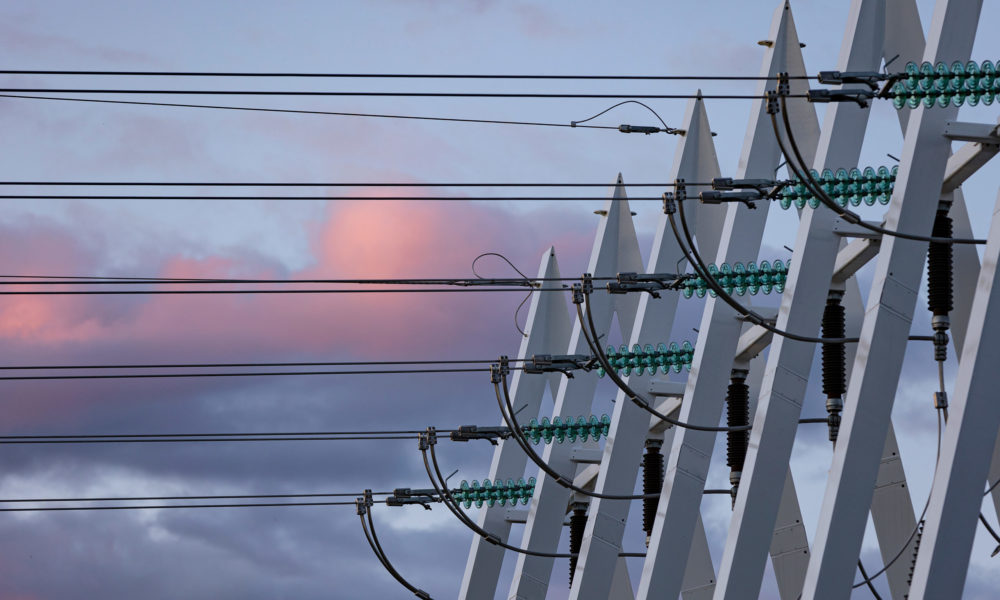
Open data can already be used to monitor, for example, hourly energy metering, load control and fault situations in real time.
Making data from small-scale producers part of the system
However, one big challenge is how to bring small-scale producers that use alternative energy sources – solar and wind power – and customers with different controllable loads within the scope of the energy system. The Ministry of Economic Affairs and Employment’s smart grid working group is now considering this issue.
“We would like to make better use of the energy and demand response of small-scale producers,” says Pertti Järventausta, Professor of Power Engineering at Tampere University of Technology.
The spread of property automation and smart home solutions enables energy demand response during peak loads. The implementation of such intelligently controlled solutions requires combinations of open data.
Intelligently controlled solutions can, for example, monitor the price of electricity, electricity grid frequency or forecasts of solar radiation and wind velocity. Several services that utilise open data are already available. Companies can, for example, assess the carbon footprint of the energy sources that they use with a service like this. Households also have access to calculators that help select the optimal solar panel system.
Including mIcrogrids and energy storages in dimensioning
According to Järventausta, the Ministry’s smart grid working group is also expected to specify the energy communities associated with the EU’s winter package. Discussion will cover physical and virtual microgrids, and open data will be beneficial when specifying them.
“In the future, apartment buildings can, rather than being a group of apartment-specific users, be seen as a collective community that makes optimal use of the building’s various energy storages in the spirit of the sharing economy. On the other hand, resources in virtual microgrids can also be in different places. For instance, the resources from solar panels installed in summer cottages can be utilised for consumption in other buildings,” says Järventausta.
He believes that one of the biggest issues will involve determining who controls and owns energy storages in the future.
“It should be possible to monitor the level at which electricity is used in different buildings during consumption peaks. This is significantly affected by whether a house has solar panels or a geothermal heating system. One solution would be to take actual power into consideration in pricing in addition to the cost of energy.”
Järvenpää refers to research performed by building construction researcher Juhani Heljo, who used open data from the building database and calculation models to analyse how the peak load of 15,000 megawatts in January 2016 was distributed among users.
“Industry accounts for about 50% of annual consumption, but this figure was only 25% during the peak load situation. Electricity use and heating in buildings made up the majority of the peak load. In the future, greater amounts of more specific open data will help optimise use of the entire energy system.”






